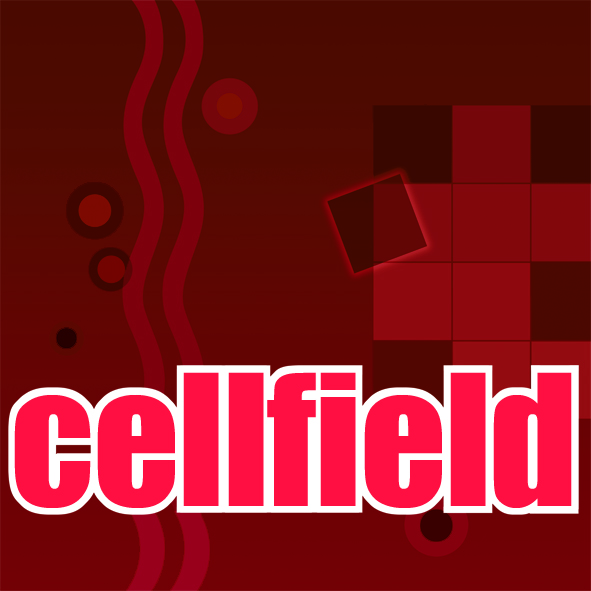The Cellfield programme specialises in testing and treatment for reading disorders.
What is so different about the Cellfield?
Cellfield targets a learning disability that applies specifically to reading.
Advanced brain scanning has shown that reading disabilities have causes that include not only the auditory/language processing areas of the brain, but also the visual processing areas, in particular, the bridging areas in between.
Cellfield is an effective treatment, because it targets the ability to learn how to read. Those who had undertaken the Cellfield treatment, usually experience a ‘step-increase’ in their reading skills and continue to improve faster than what they could before the Cellfield treatment. Scientific evaluations have shown improvements of up to 12 months in Comprehension skills, and 23 months in decoding ability in the 2 week treatment.
How does Cellfield achieve this?
Children with reading disabilities have a rate of reading improvement that is persistently below their cognitive abilities. This is because they have problems ‘processing’ the visual symbols of our language into their corresponding sounds and then into meaning. Brain scanning research shows that these processing problems are in three broad areas; the auditory, visual, and visual-to-auditory. These problems set limits to the rate at which reading can be learned, and the ultimate level which can be reached.
Most treatment providers target only the auditory and some target just the visual. Seldom do they target both. None so far target the auditory to visual bridging area. Cellfield is unique in targeting all three simultaneously by using computer science. This is why such step improvements can be achieved in just two weeks and reading continues to improve and at a faster rate.
How does the Cellfield treatment make changes to processing?
The Cellfield treatment uses a computer workstation that presents a patented motion graphics design that is always moving over words and sentences that are presented on screen. This is designed to stimulate the transient vision centers in a systematic way, at all times, wherever the eyes look on screen.
The graphics are transparent for half the treatment session and opaque for the other half. When opaque, the graphics assume the additional function by becoming a moving mask, forcing the brain to read incomplete text in between the graphic ‘gaps’, by having to fill in the “missing bits” and to keep the whole sentence clearly in mind.
A major portion of each treatment session targets phonological awareness. There are ‘rhyme’ exercises with electronically stretched target words that allow children with reading disabilities to hear the essential differences between some sounds for the first time. There are also are demanding decoding and encoding exercises that force greater auditory and visual ‘visualisation’.
The Cellfield treatment consists of ten treatment sessions of one hour duration, usually conducted over about two weeks. These progressively become more difficult but are designed so that with concentration and effort, final scores can increase with each session. Operating in the ‘difficult but achievable’ band, assisted by the trained clinicians, and providing a scoring system, motivates children to gain more from the Cellfield treatment.
Research papers:
Prideaux et al 2005, Australian journal of learning disabilities
coltheart Cellfield_Report_12_Aug_2009
See more information on the Cellfield website.
Contact us for more information or to discuss your child’s needs.


